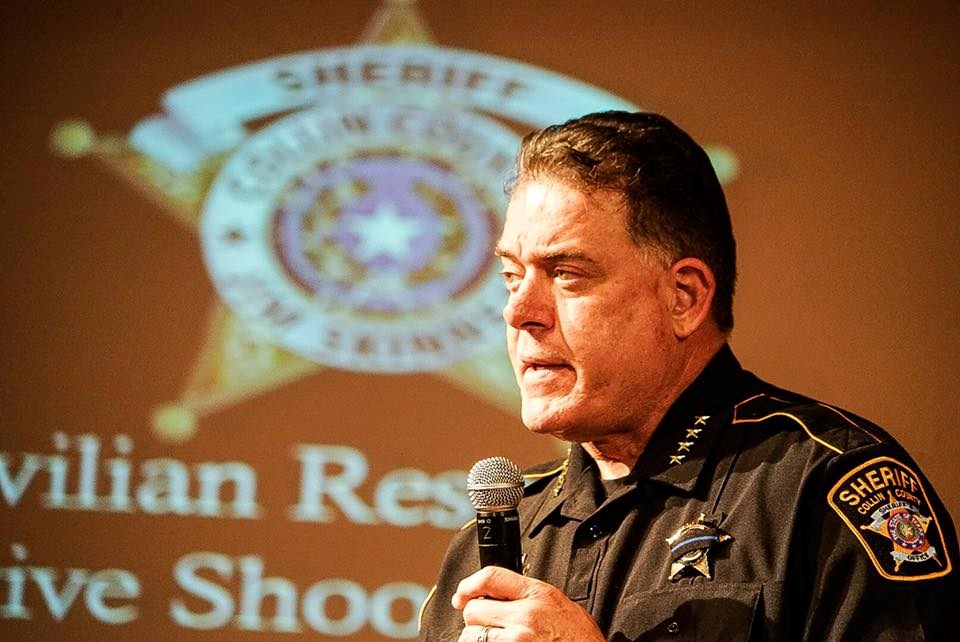The Bryan, Texas, cabinet worker prayed to God that she would make it through the mass shooter's rage. She had gone to work that early April morning, as she did every day, expecting another day of putting together cabinets on the assembly line — and certainly not one where she'd be hiding from a 27-year-old co-worker who shot and killed one person and injured six at the Texas cabinet-making company, including a state trooper.
"You never know with these people, you know?" the cabinet worker told an ABC 13 reporter shortly after the early April mass shooting. "I remember El Paso, I remember Virginia and all these shootings going on everywhere. And you never know."
Sadly, you don't ever know. It has become an all too familiar reality for all of us. Mass shootings can happen anywhere and have happened in places once considered safe. Schools have been holding mass shooting drills since the late 1990s when two kids in trench coats appeared at a high school in Littleton, Colorado, and gunned down 13 people and wounded 20 others. And from Walmart to churches, spas, bars, clubs, concerts, post offices and movie theaters, mass shooters have infiltrated almost every public venue and all aspects of our lives.
Even the COVID-19 global pandemic couldn't slow them down. The U.S. saw 611 mass shootings in 2020, according to the Gun Violence Archive. And with COVID-19 restrictions lifting as more folks get vaccinated, 2021 has already seen 240 mass shootings in the U.S., 19 of those in Texas.
And though mass shootings make up a low percentage of gun violence in the U.S., it’s critical to know what you should do if you're ever in a mass shooting situation. That's what Texas State University's Advance Law Enforcement Rapid Response Training Civilian Response to Active Shooter Events course aims to do.
Developed in 2004, it's a course that many police departments across the state — including the Collin County Sheriff's Department — have been using to teach businesses, churches and schools what they should do in an active shooter situation.
The course focuses on three main rules to follow if you find yourself in a mass shooting — avoid, deny and defend.

Avoid
The avoid part of the ALERRT mantra “starts with moving away, having an exit plan and getting away from the source of the threat as quickly as possible,” Sgt. Jessica Pond, who trains citizens on ALERRT’s system for the sheriff’s department, said.
While it may seem a bit dramatic, it’s crucial that you’re always aware of all exits — not just the front entrance — in whatever public place you find yourself. If someone comes in and starts shooting, you need to do whatever you can to get out immediately. And having an exit plan makes getting away a million times easier.
If you’re able to get out, Pond noted that you should never try to call 9-1-1 while running. Wait until you get to a safe area and can stop. And when you do call 9-1-1, dispatch will ask you questions about the shooter, such as their gender and shirt color. However, if you aren’t sure, Pond said do not just guess. Only give details you are completely sure of.
“Because, in a sense, that's our eyes and ears going into the situation,” Pond said. “So if we're told that it's a male, and he's got a red shirt on, our attention is going to go to that. So if you are not 100% positive with the description, don't give it.”
But another huge part of avoiding is “your state of mind,” Pond said. In life-threatening situations, Pond said most people go into a denial stage at first, where you keep telling yourself that what you’re seeing or hearing isn’t really happening. But you have to get out of this stage.
While we’ve all heard this a million times before, the best thing you can do is breathe — in through your nose, hold it and out your mouth. It’s the only way to control your heart rate. Along with breathing, Pond said making an escape plan can help calm you down, too. Above all, the best way to get your head in the game when your body is in fight or flight mode is to shift your emotion from scared to angry.
“Instead of having that scary emotion, I want you to get angry,” Pond said. “I want you not to have time to think about dying. I want you to think, ‘How dare you come into a place that I work, to the place that I shop, and do this.’”
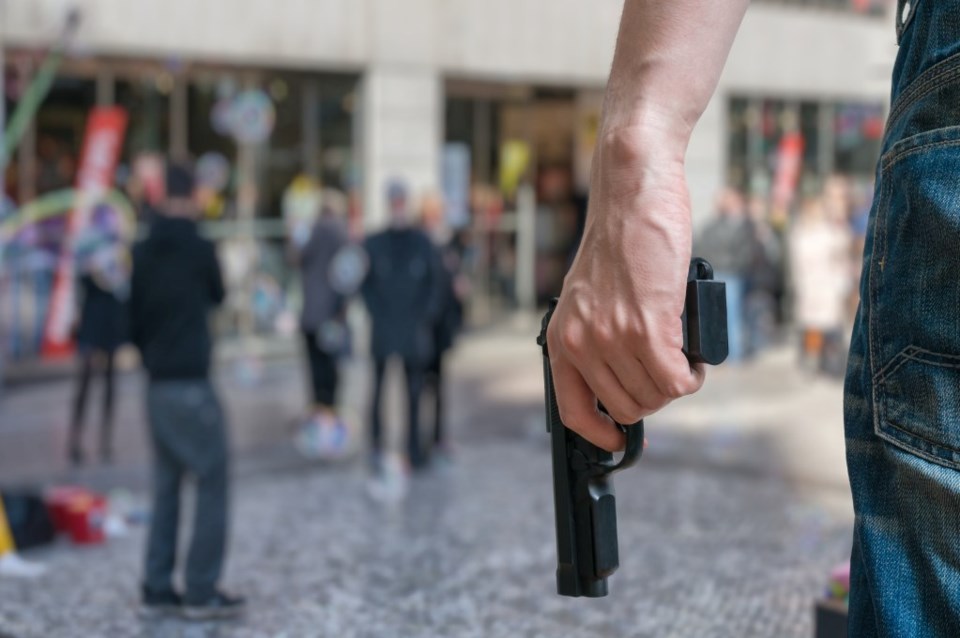
Deny
If you find yourself stuck in an active shooter situation, you need to do everything in your power to deny them access to you, Pond said. The best way to do this is by locking yourself in a room and turning off the lights. It’s also essential to make sure that you stay out of the shooter’s sight. You can do this by sitting in a corner away from the window and not standing in front of the door.
And another vital thing Pond noted — do not use your phone while in hiding. Because if it buzzes or makes noise, the shooter could find you.
Depending on the situation, you may need extra support to keep a shooter from coming in. And that’s when using barricades comes in. Pond said many people have used their belts and tied them to door hinges. Pushing heavy furniture in front of the door is another option, too. For more examples on how to barricade different types of doors, click here.
Another good option is to buy door stoppers. But if you don’t have one on hand, Pond said almost anything can turn into a makeshift door stopper, such as a deck of cards. Anything you can do to make opening the door more difficult can save your life.
“I think the biggest thing is, in active shooter situations, they're not going to spend time going through and trying that hard to get into a room,” Pond said. “It's a mass shooting, and they're looking to, frankly, kill as many people as possible.”
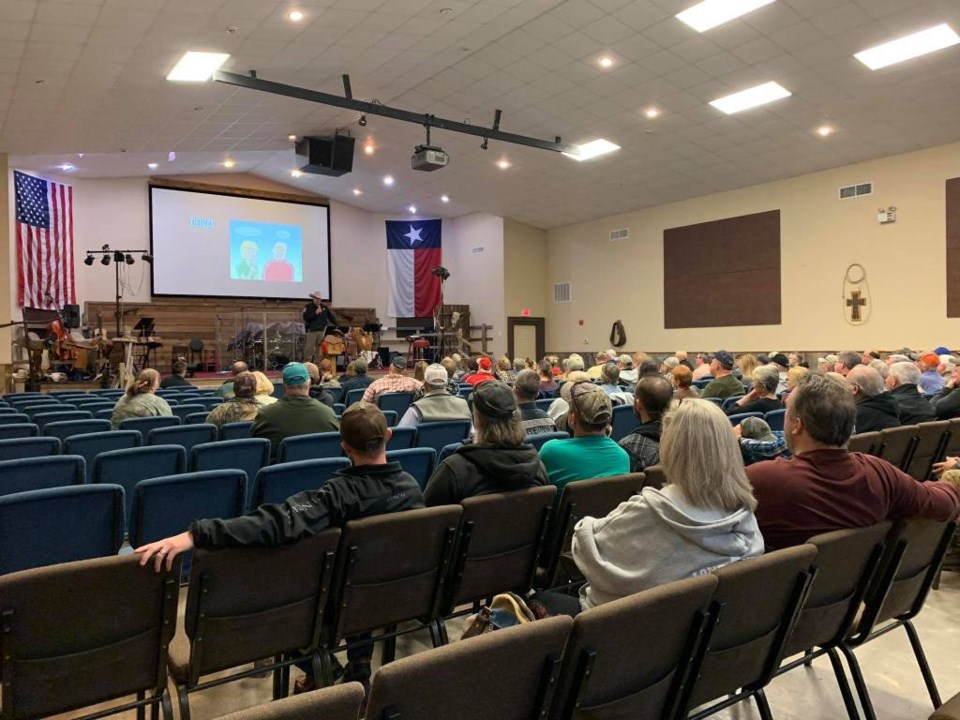
Defend
Let’s say you end up in a scenario where you couldn’t flee so you barricaded yourself, but the shooter reaches you. If this happens, you need to fight for your life like you never have before. Don’t overthink it — just attack with whatever you can find. Tactical pens are a great thing to always have on you. But even with a regular pen, Pond said you can poke their eyes and neck.
And for the over a million Texans with concealed carry handgun licenses, it’s best not to use it in most situations. Pond said if you’re hunkered down in a room before police arrive, and the shooter makes it in, by all means, use it. But using it comes with a lot of risk to your own safety.
“Do I want somebody with a weapon to go after this guy? No, not at all,” Pond said. “I want the person to get to safety. I want them to get out because if not, you're putting another obstacle in my way. And then not only that, I could mistake you for the shooter at that point.”
But if you do find yourself in a situation where you need to use your gun, Pond said that when the police come, it should be the first thing to fall onto the floor before they even tell you. And make sure you communicate with police in a strong voice without panicking or swinging the gun around.
Once you decide on a weapon, there’s no holding back, Pond said. Regardless of who you are, get aggressive and commit to your actions. The worst thing you can do is hesitate.
“You have the right to live, and you have to know that you have the right to live,” Pond said. “It's not a fair fight at this point. Don't fight fairly, is what I say to people. It's about staying alive.”
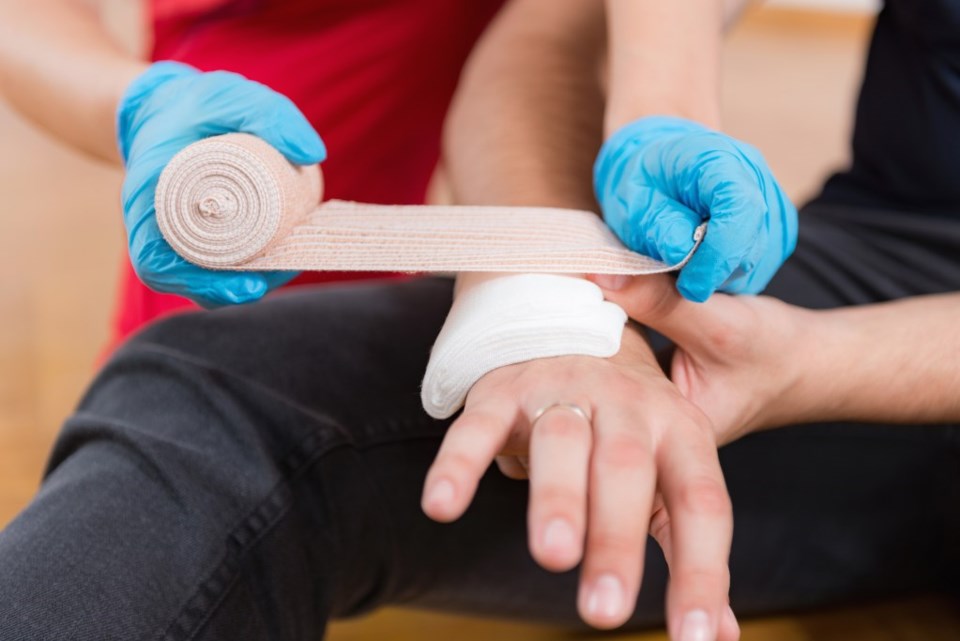
What to do if you find someone injured
Even when the police arrive, their job, as difficult as it is, is to walk past the wounded and go straight for the shooter to avoid any more loss of life. And before medical attention can be administered to those injured inside, the scene has to be secured by police.
All this to say that you could find yourself in a situation where someone near you is injured from the gunfire. If it’s safe to do so, such as when you’re stuck in a room or the shooter has moved past your location, Pond said to do what you can to help. Even small things like applying pressure to wounds can save a life.
But even without medical training, there’s more you can do aside from applying pressure. You can watch tactical medicine videos on YouTube or even take a short online class about administering first aid. Of course, these things would need to be done before you end up in an active shooter situation.
“Something is better than nothing, in my opinion, to try to help people in those situations,” Pond said.
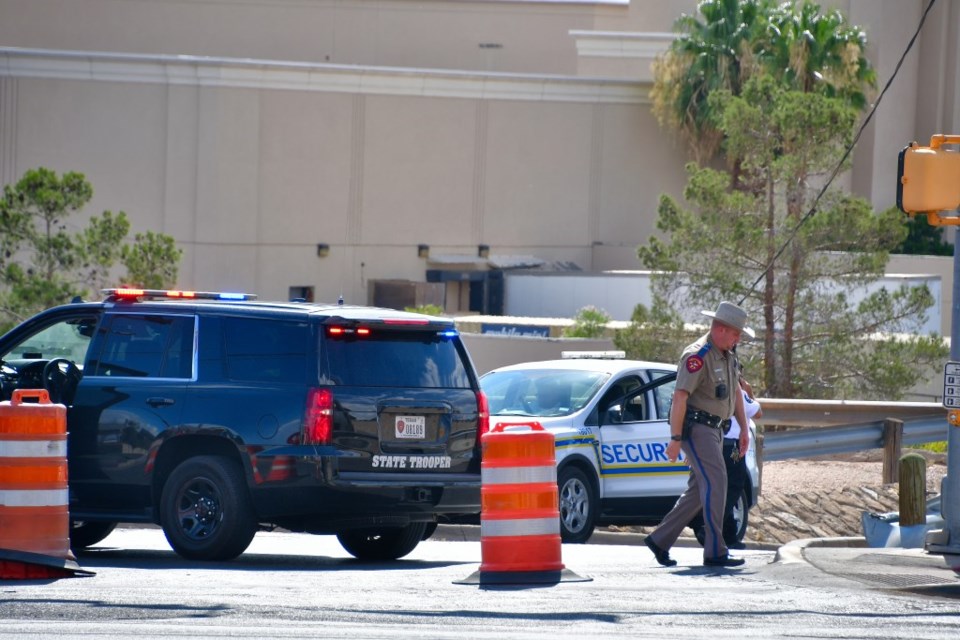
What to do when police arrive
It takes just three minutes, on average, for police to arrive on the scene, Pond said. And this length usually applies to mass shootings, which tend to take place in bigger cities. It’s also critical to note that officers from a variety of places come onto the scene in these situations. This can include off-duty officers, who may show up in plain clothes.
But when they get there, you need to show your hands immediately and do exactly what they tell you. Because not only are you under extreme stress, so are the police officers, especially because they are running toward the bullets. And police are required to enter the scene immediately — even if they’re by themselves.
Remember that, as mentioned above, police have to walk past the injured. The goal is to stop the shooter first and foremost. This is all reiterated in a memo Collin County Sheriff Jim Skinner sent out to his officers after the February 2018 Marjory Stoneman Douglas High School shooting in Parkland.
“ALL commissioned deputies responding to an active shooter are expected to immediately take action,” Skinner wrote in the memo. “You are expected to immediately enter the building, locate the threat, engage and neutralize it. You are expected to save lives.”

